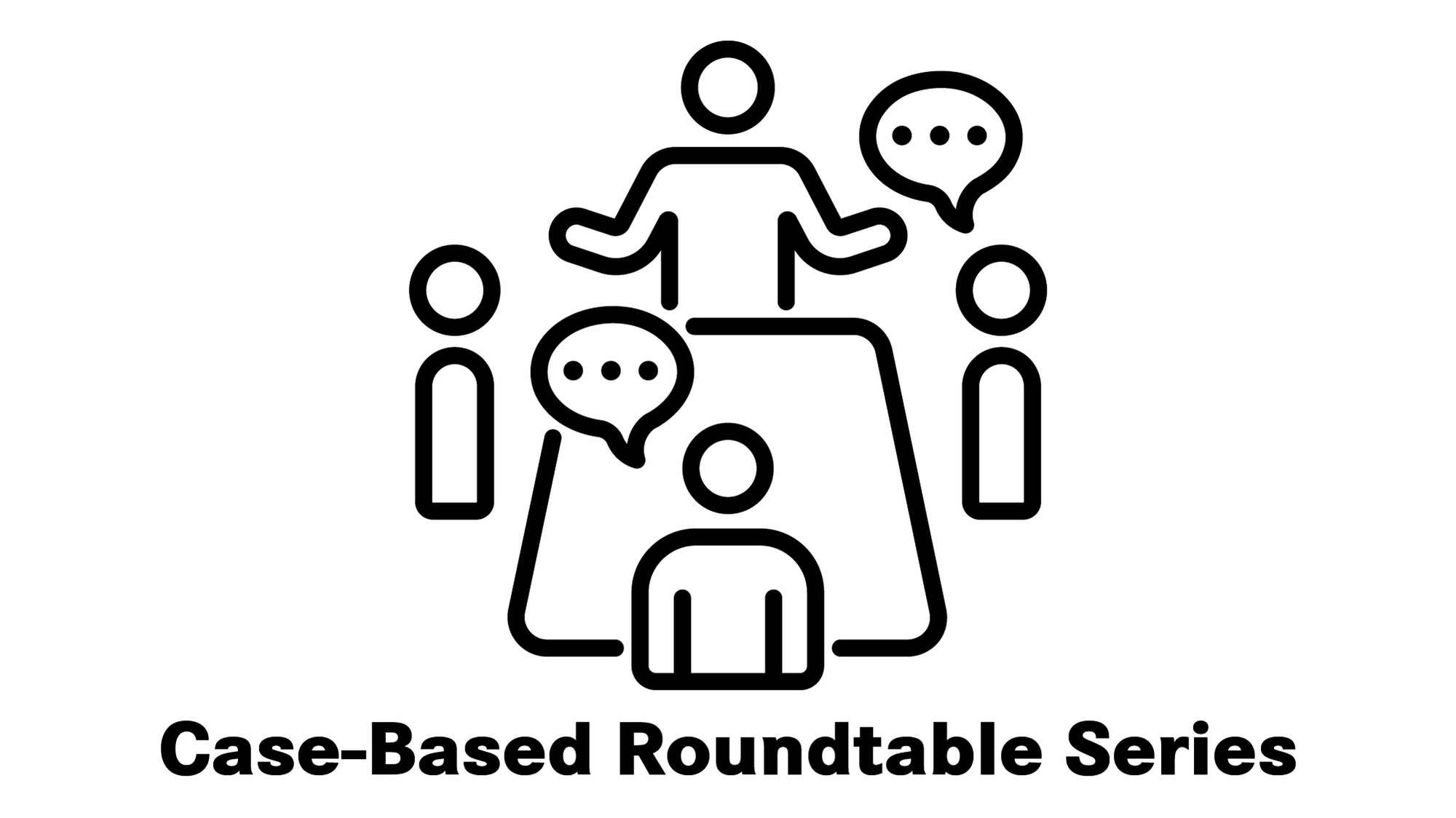Daratumumab shows greater benefit for PFS in early multiple myeloma

Targeted oncologyMT: What does the CASSIOPEIA study show in this context?
USMAN: The other important study here is CASSIOPEIA [NCT02541383], which probably isn’t as relevant to US practice since we don’t use VTd [bortezomib (Velcade), thalidomide, and dexamethasone] like induction, but I like the initial concept of adding daratumumab [Darzalex] to a PI-IMiD [protease inhibitor-immunomodulatory drug] induction and consolidation scheme.1 The first randomization had already been reported and read, and it was published in [The] Lancet 2 years ago, showing daratumumab arm had better progression-free survival [PFS]. But the second randomization was also interesting, in which daratumumab was administered every 8 weeks for maintenance compared to [with] observations. This kind of trial will certainly not fly today in the United States, and even in Europe now, because lenalidomide [Revlimid] is not now endorsed by [the] European Medicines Agency for maintenance treatment in Europe.
Original comparison daratumumab-VTd vs VTd showed better minimal residual disease [MRD] negativity, best SSP [HR, 0.58; 95% CI, 0.47-0.72; P < .0001], and a trend for better overall survival in the daratumumab arm of the trial [HR, 0.54; 95% CI, 0.37-0.79]. Part 2 showed daratumumab versus observation. If you look at the groups that benefited the most – patients who received daratumumab at all times – you’ll see that the PFS curves look similar after 24 months. If you look at the curve, which represents the VTd induction, versus the other 2 curves, which are the daratumumab-VTd induction, you see an initial drop, but the VTd curve catches up to it later, because they benefit from a daratumumab maintenance. Ultimately, you probably get the most out of daratumumab during this early part of induction, and for the daratumumab arms, there doesn’t seem to be a difference at 24 months between daratumumab and observation.1
Can you review the GRIFFIN trial?
The GRIFFIN Trial [NCT02874742] that Peter Voorhees, MD, presented – and was later published – will likely be more relevant to practice in the United States.2 It compares data throughout this induction/consolidation/maintenance scheme with RVd [lenalidomide, bortezomib, and dexamethasone] induction/consolidation and maintenance with lenalidomide [vs daratumumab-RVd]. With each of these essays I’ve featured, I can tell you that most of us don’t use the consolidation part. This consolidation part comes from the way the IFM/DCFI2009 trial [NCT01191060] has been designed, and at the request of regulators, how they want to see some of these trials designed and answers to regulatory questions.
GRIFFIN data updated by Peter Voorhees, MD, and Jonathan Kaufman, MD, showing the full answer [CR] or best rate and MRD negativity rate. A rigorous CR [sCR] was higher in the daratumumab arm whether at the end of induction, graft consolidation, or 12 months of maintenance.3 And that answer continues to deepen over time. Again, the median tracking for the maintenance portion was only [approximately] 27 months when these data were communicated.
For subgroup analyses, all of these pre-specified subgroups were analyzed for sCR and MRD negativity, in favor of daratumumab, for the most part.5 But again, I’m not convinced until I see some more tracking, and all those confidence intervals are getting a little tighter. But definitely trending towards adding daratumumab. The most common adverse events appear to be haematological. [In the GRIFFIN trial], grade 3 or 4 AEs appear to be somewhat similar between RVd and daratumumab-RVd.2.3
Can you summarize what these trials tell us in terms of PFS benefit?
In the CASSIOPEIA trial the median PFS was not achieved, and in the VTd arm it was 52 months.1 GRIFFIN is too early to tell, as we don’t have much long-term follow-up.2.3 We see that in the absence of use of plerixafor [Mozobil] in the context of stem cell mobilization, we can observe differences in the number of stem cells mobilized. We had shared that there was no difference in stem cell mobilization if you use plerixafor, compared to [with] the [cyclophosphamide]-base or chemo-mobilization. But overall here you can see the depth of response continues to improve, with better induction chemotherapies over time.
Are you using subcutaneous daratumumab [Darzalex Faspro] vs intravenous infusion for the treatment of multiple myeloma?
With subcutaneous daratumumab approved for almost 11 months, we moved to subcutaneous data last year, and that’s the only formulation we’re currently using.4 One of our pharmacists published our initial experience of switching 50 or 60 patients from the intravenous route to the subcutaneous route, and none of them had an AE related to [the switch].5 Honestly, during the pandemic, this subcutaneous formulation has been a blessing as it has helped us reduce our traffic in the infusion center and get patients through quickly. Issam Hamade, [PharmD, BCPS, BCOP], was the first author. So, if your pharmacist needs help, you can consult this document. It was released this year.
THE REFERENCES
1. Moreau P, Attal M, Hulin C, et al. Bortezomib, thalidomide, and dexamethasone with or without daratumumab before and after autologous stem cell transplantation for newly diagnosed multiple myeloma (CASSIOPEIA): a randomized, open-label, phase 3 study. Lancet. 2019;394(10192):29-38. doi:10.1016/S0140-6736(19)31240-1
2. Voorhees PM, Kaufman JL, Laubach J, et al. Daratumumab, lenalidomide, bortezomib, and dexamethasone for newly diagnosed transplant-eligible multiple myeloma: the GRIFFIN trial. Blood. 2020;136(8):936-945. doi:10.1182/blood.2020005288
3. Kaufman JL, Laubach JP, Sborov D, et al. Daratumumab (DARA) plus lenalidomide, bortezomib, and dexamethasone (RVd) in patients with newly diagnosed transplant-eligible multiple myeloma (NDMM): updated Griffin analysis after 12 months of maintenance therapy. Blood. 2020;136 (supplement 1):45-46. doi:10.1182/sang-2020-137109
4. NCCN. Clinical practice guidelines in oncology. Multiple myeloma, version 5.2021. December 10, 2020. Accessed March 22, 2021. https://bit.ly/3fa9Yx5
5. Hamadeh IS, Moore DC, Martin A, et al. Transition from intravenous to subcutaneous formulation of daratumumab in clinical practice. Clin Lymphoma Myeloma Leuk. 2021;21(7):470-475. doi:10.1016/j.clml.2021.02.014